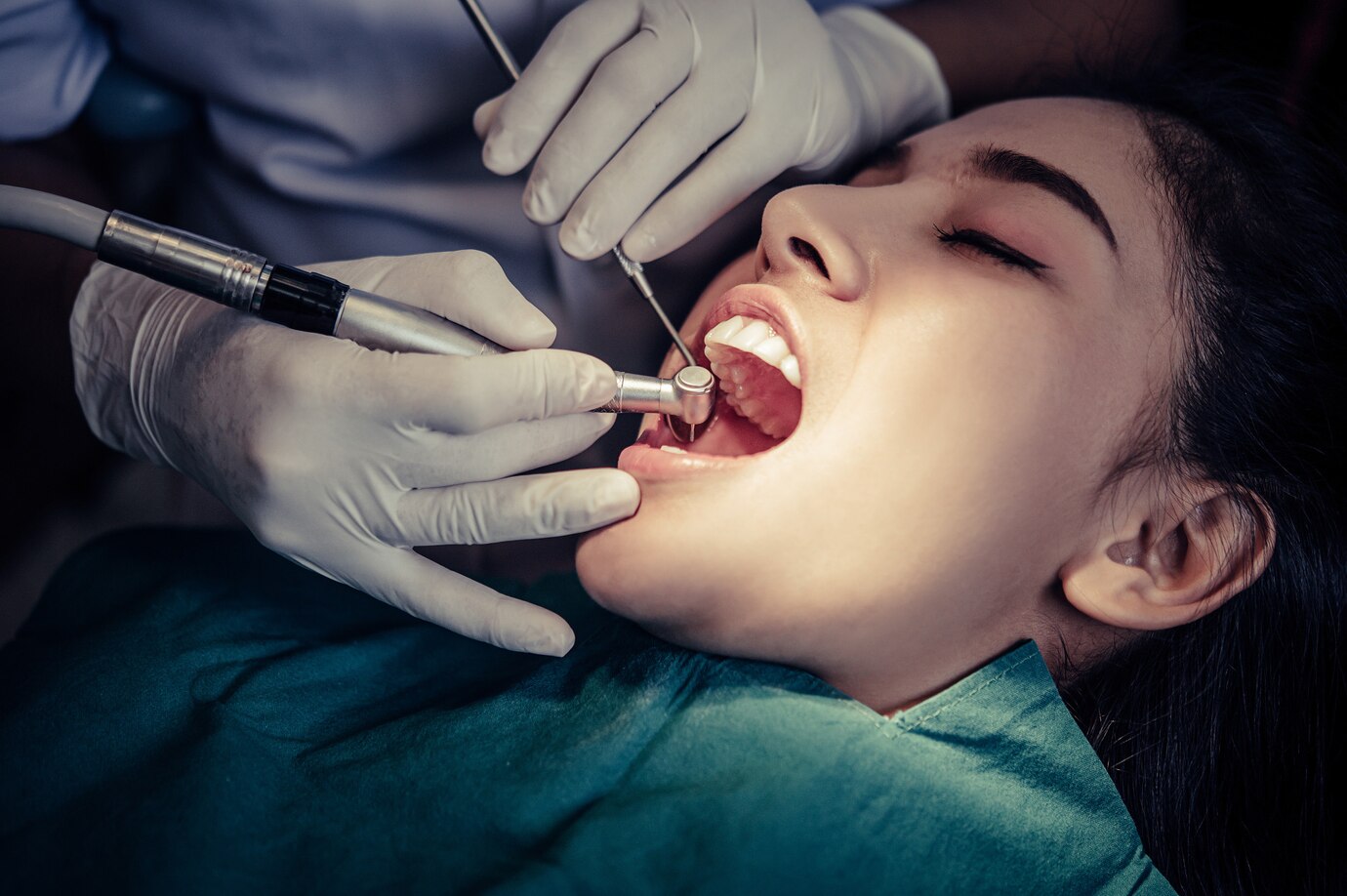
The world of restorative dentistry is buzzing with breakthroughs that blend science, modern technology, and magic. Recent years have seen significant progress in the field that’s enhancing patient experiences in terms of comfort and appearance.
What is restorative dentistry? Simply put, it’s that field in dental medicine that repairs or replaces damaged or missing teeth to restore their function and beauty. Lately, there have been interesting innovations in restorative dentistry, and we’ll be touching on them.
1. Digital Dentistry
Intraoral scanners, CAD/CAM systems, and 3D printing are all used in digital dentistry for restoration. They can craft digitally made models of traditional dental impressions and produce crowns, veneers, and dentures in a day. The process is conveniently shortened while enhancing fit and appearance. Digital dentistry comes up with superior results for both tooth replacement and repair.
2. Stronger Dental Materials
Bioactive substances now being used in modern dental medicine work with and promote the body’s own healing and repair processes. In contrast to chemically inactive materials of old, the bioactive version releases compounds that support tissue regeneration, remineralization, and antibacterial activity. It’s a better alternative for restoration as they naturally bond with the teeth.
3. Minimally Invasive Techniques
The modern convenience to maintain healthy teeth can be brought about by air abrasion, lasers, superior adhesives, and high-tech diagnostics. These are minimally invasive techniques already being used in restorative dentistry. These methods minimize pain and recovery time compared to standard drilling. Less discomfort and durable restoration are among the advantages.
4. Advanced Implant Technology
Among the innovations in restorative dentistry, the new dental implant is a fine example of applied modernity. For enhanced stability and aesthetics, it can now integrate with the bone structure, a process called osseointegration. This technology has improved tooth replacement treatment by reducing surgical time and restoring the near-normal function of one’s new teeth.
5. Smart Dental Restorations
Bioactive and responsive materials that adjust to one’s oral conditions promote durability and healing. They prevent future decay and lessen discomfort. Examples of such materials are stress-responsive crowns and pH-sensitive fillings that release minerals to protect the enamel. Unlike the traditional treatments, smart restorations are active in the way they respond to a condition.
6. Teledentistry & AI in Restorative Care
Through the use of dental scan analysis and remote diagnostics, teledentistry and AI are revolutionizing restorative care. Professional consultations are more accessible because of teledentistry, and AI systems can detect signs of decay. They forecast the longevity of restorations and enhance crown or filling designs. They also cut down on chair time and increased accuracy in the treatment.
7. Stem Cell & Regenerative Dentistry
At this point, we’re touching on the foreseeable future of dental medicine. In order to restore and regenerate injured teeth and tissues, regenerative dentistry is starting to use biomaterials and stem cells to encourage natural healing. This process restores dentin, pulp, and even bone. It could turn restorative care into biological rejuvenation, and artificial replacements may soon be less necessary.
The Final Bite
So, what is restorative dentistry in today’s world? Well, with its advancements, it’s a minimally invasive therapy that offers more long-lasting and aesthetically pleasing options than what the past offered. Nowadays, dental care is more convenient and efficient. To guarantee you get the best care possible, set an appointment with Mountain Home Dentistry Co. Call us at 208-587-1111.